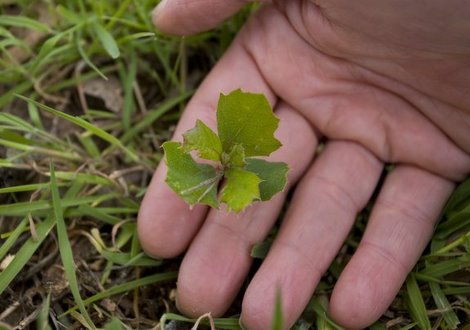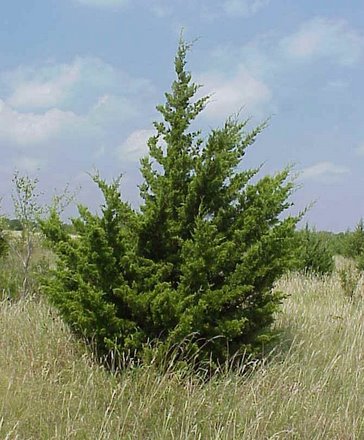
The Central Texas Seedling Program (CTSP) began in 2004 to help supply Central Texas landowners with high quality seedlings that have stewardship benefits for the region. The program supports and compliments current reforestation programs such as oak wilt suppression and recovery, forest stewardship, wildlife habitat, reforestation of marginal lands and farmlands, water quality control, and disease management through diversity.
Tree seeds are collected from a variety of tree species native in and around the Central Texas region. After collection, the seeds are grown at the West Texas Nursery into quality seedlings which are then shipped to Central Texas offices for landowner pickup.
The program is geared toward helping native species survive and grow in the harsh conditions of Central Texas. Because of this, seedlings are typically grown in “tall” containers and are ready to plant at the end of October to give seedlings the best chance of successful establishment. You can order seedlings beginning September 1. Continue reading Central Texas Native Seedlings Grow Better
